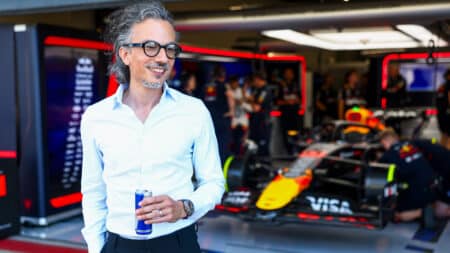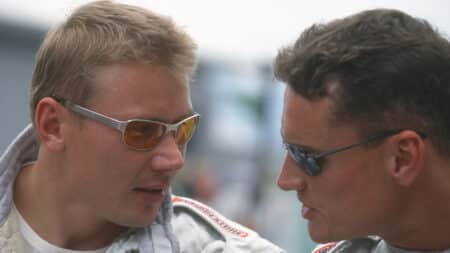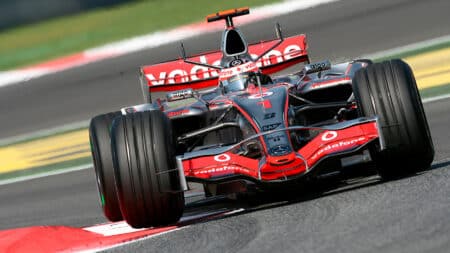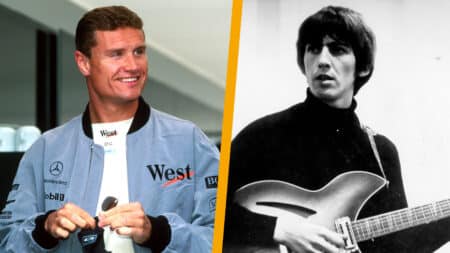
MPH: To the man trying to fill Christian Horner's shoes: good luck!
Laurent Mekies arrives as Red Bull F1 team principal with a series of immediate challenges to solve and long-term issues to tackle. He'll either sink or swim, says Mark Hughes
Lauded for a moment of overtaking brilliance, but there was more to F1’s foray behind the Iron Curtain
The backdrop was tantalizing. Formula 1 was about to embark on its first foray behind the Iron Curtain, on the fringe of a city that eclipsed even Monaco for architectural grandeur. Budapest had seen Grand Prix racing before, when Tazio Nuvolari secured victory for Alfa Romeo in 1936, but this time the arena was purpose built: a dust-strewn circuit, sunk amphitheater-like in the surrounding valleys with the narrowest of clean racing lines.
Tensions were brewing in the Williams camp, with Nelson Piquet tactically omitting information from team-mate Mansell, and the double champion – who turns 65 today – was lined-up on the front row alongside countryman Senna.
While the race is remembered for a moment of Piquet brilliance, that’s only part of the story. The Brazilian had already led once, Senna had fallen into the clutches of Prost and Mansell, who had been nipping at the heels of his team-mate, began to spin his tyres to pieces in his unknowlingly different Williams. And then Piquet flashed past Senna on the dirty outside line, 31 years ago.
Have time to watch the whole Grand Prix? Watch the race in full here
From the Archive: By the banks of the Danube
Hungaroring, August 10 1986
When mention was first made about a possible Hungarian Grand Prix being entered on the 1986 FISA World Championship calendar, most people raised their eyebrows briefly and took little notice. It had been fifty years since Grand Prix cars last raced through a Budapest park and street circuit and although rounds of the European Touring Car Championship were held through the cobbled streets of the city during the 1960s, the thought of full-blooded turbocharged Grand Prix cars appearing again appeared a little fanciful.
However, through the enthusiasm of the Hungarian Automobile Federation and the commercial initiative of the Formula One Constructors Association, a deal was struck to bring this most capitalist of professional sports to the Eastern Bloc. Budapest was a wealthy watering home for the rich and socially prominent when Tazio Nuvolari put the city on the motor racing map with his splendid Alfa Romeo victory in 1936.
A street race was obviously out of the question. A track laid out in the centre of Budapest would have eclipsed even Monaco for sheer architectural splendour and elegance. But, realistically, there was no way of organising such a spectacle. Instead, it was decided to construct a purpose-built circuit some 12 miles or so from the centre of the city, the 4.014km, 2.494 mile Hungaroring straddling a small valley just off one of the major motorways.

Laurent Mekies arrives as Red Bull F1 team principal with a series of immediate challenges to solve and long-term issues to tackle. He'll either sink or swim, says Mark Hughes

Former McLaren F1 team-mates Mika Häkkinen and David Coulthard are set to renew old rivalries in a new Evening with... tour – they told James Elson all about it

In Formula 1, driver contracts may look iron-clad on paper, but history shows that some of its biggest stars have made dramatic early exits

Former McLaren F1 ace told James Elson about his private audience with The Beatles' George Harrison, who played an unreleased grand prix-themed song